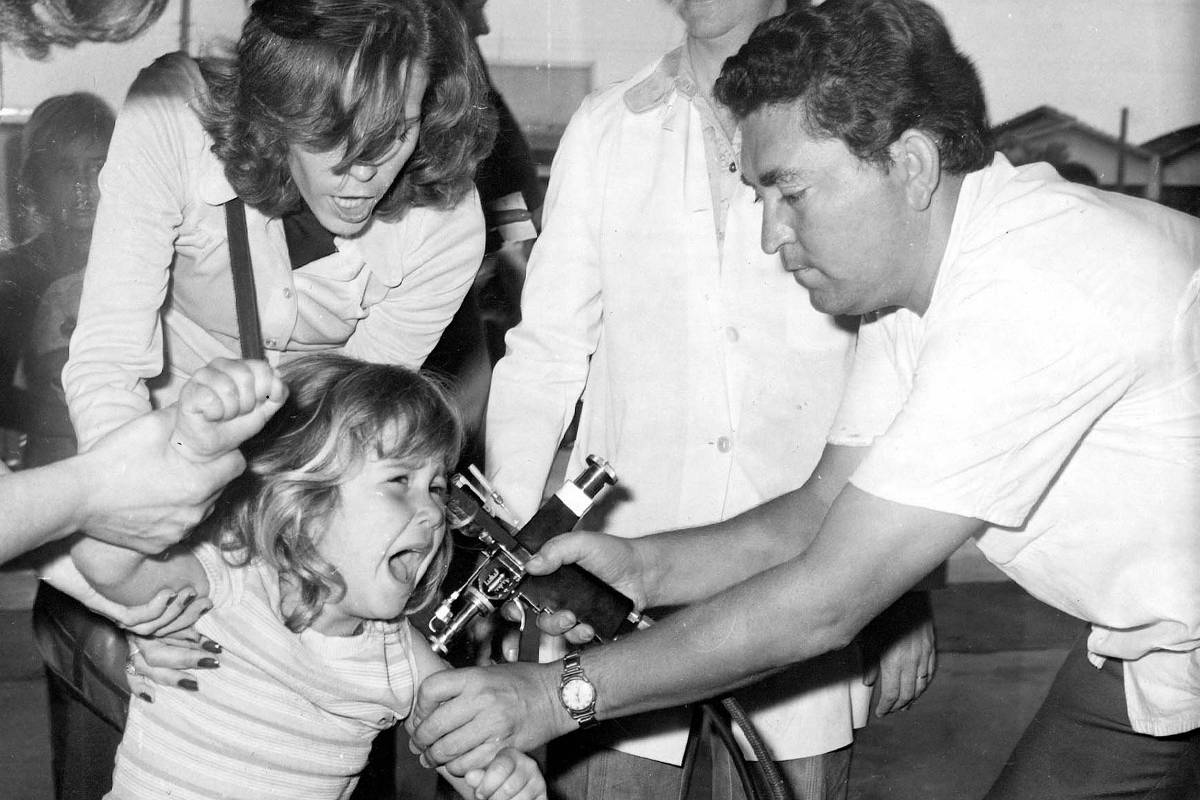RIO DE JANEIRO, BRAZIL – The national debate on transparency in the disclosure of coronavirus data evokes another less than noble moment in national statistical history. Since Saturday, information about the meningitis epidemic that swept the country in the 1970s, which the dictatorship of Emílio Medici and Ernesto Geisel tried to conceal, has been spreading on social media.

Meningitis is the inflammatory process of the meninges, the membranes that envelop the brain and the marrow. It can be caused by viruses or bacteria and mainly affects children. Among the main symptoms are headache, fever, and stiffness of the neck.
The Brazilian outbreak of types A and C meningitis occurred between 1971 and 1975, and had much more modest numbers than today’s Covid-19. It killed 411 people in 1975 – or less than 1.5 people per day. Nevertheless, the advance was consistent – the number of cases recorded in January 1975 was six times higher than in January 1974, according to data from the Regional Medical Council of São Paulo. At its peak, the number of infections reached 200 per 100,000 inhabitants. As a comparison, Brazil has 345 cases of coronavirus per 100,000 inhabitants to date. São Paulo, the epicenter of the disease, recorded 40,000 cases in 1974.
The numbers, and the speed of spread of the disease, were slow to surface due to lack of government transparency and censorship of reports. In October 1972, Veja magazine made a cover story on meningitis, entitled ‘The Outbreak of Misinformation’. In daily newspaper Folha, a report titled ‘The Epidemic of Silence’ was censored. In 2020, the press has once again played a major role in disclosing information about the coronavirus pandemic.
On Monday, June 8th, a partnership formed by Globo, Extra, G1, Estadão, Folha, and UOL began to release numbers of cases and deaths from coronavirus, numbers they collected directly from the state health secretariats. On Sunday, after announcing restrictions on information about Covid-19, the government released two contradictory numbers about the disease – first 1,382 deaths and then only 525.
As with coronavirus, the poorest regions of São Paulo were the most affected by meningitis – at the time the city was home to more than 500 favelas. And, just as occurs today, there was a lack of knowledge about which treatment was the most effective. In 1971, Americans began testing vaccines on its military serving in Vietnam. Also recalling current times, the government criticized newspapers for reports and denied the gravity of the pandemic.
BBC Brasil’s March report recalls that Brazil had already experienced two outbreaks of meningitis, in 1923 and 1945. Moreover, after denying the existence of the Health emergency, the military government suspended classes and sports events in 1975, and even canceled the Pan American Games scheduled for São Paulo; the games were moved to Mexico City.
Also in 1975 the government hastily put together a plan to immunize ten million people in four days in April. About 93 percent of the population of the city of São Paulo was immunized, according to the IBGE (Brazilian Institute of Geography and Statistics). With the campaign, the number of meningitis cases began to drop, returning to normal two years later, in 1977.
Source: Exame

